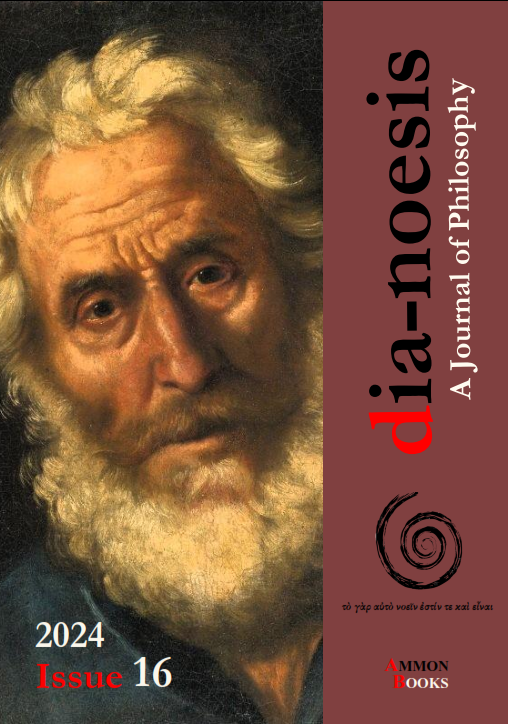The image of Aphrodite in Empedocles

Abstract
Aphrodite is one of the important deities of the Greek pantheon. But she is not the only one and at first glance does not seem to be the most honoured and powerful. In the Homeric epic and hymns she is presented as a narcissistic, capricious and passion-prone goddess. She is mostly associated with beauty and love charms. It might seem that this was enough for Empedocles to identify her with one of the two active powers – Love. However, in Empedocles' poem the image of Aphrodite is very complex and, in many ways, differs from the traditional view of her. She acts as a god-craftsman, is involved in such activities as metal casting, pottery, and artwork. The main question I will try to answer is the following – can we find the origins of this complex image in the literary and cultural tradition known in Empedocles' time, or did he make a radical turn and invent a new previously unknown idea of the deity?
Article Details
- How to Cite
-
Afonasina, A. (2024). The image of Aphrodite in Empedocles. Dia-Noesis: A Journal of Philosophy, 16, 153–170. https://doi.org/10.12681/dia.39537
- Section
- Articles


